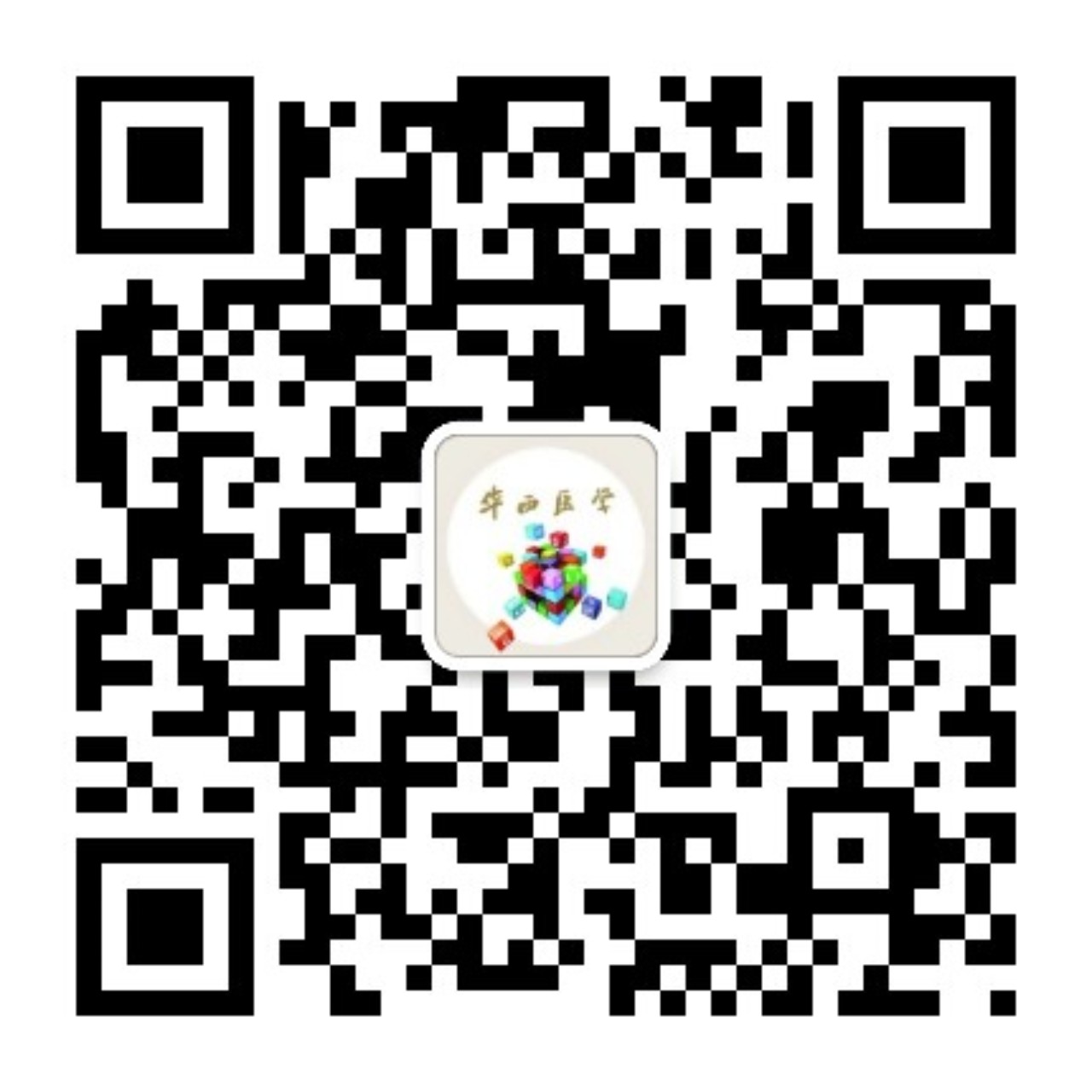【摘要】 目的 篩選人源喉癌Hep-2細胞株特異結合的短肽,作為喉癌靶向治療的載體。 方法 體外培養Hep-2細胞株作為靶細胞,人正常喉黏膜上皮細胞為吸附細胞;用噬菌體展示十二肽庫進行3輪差減篩選,隨機挑取10個噬菌體克隆進行測序;采用酶聯免疫吸附(enzyme linked immunosorbent assay,ELISA)法鑒定噬菌體與Hep-2細胞的結合活性;通過免疫熒光鑒定喉癌細胞特異性結合肽(F2)噬菌體陽性克隆與喉癌細胞結合的特異性。 結果 經過3輪篩選后,噬菌體在靶細胞Hep-2上出現明顯富集;ELISA分析鑒定顯示5個陽性克隆能與Hep-2細胞特異結合,其中F2噬菌體克隆對喉癌細胞的結合靶向性明顯高于對照細胞(P lt;0.05); 免疫熒光顯色顯示,F2能特異性地與喉癌細胞結合。 結論 利用噬菌體展示肽庫技術,可以成功篩選到F2,其可能成為喉癌靶向治療的載體。
【Abstract】 Objective To obtain the polypeptides specifically bound to laryngeal squamous cell carcinoma line (Hep-2) and use it as a potential therapeutic vector targeting laryngeal squamous cell carcinoma patients. Methods With the Hep-2 cells as the target cells and human normal laryngeal squamous epithelial cells (HNLE cells) as the absorber cells, 3 rounds of panning from a Ph.D.-12TM phage-display peptide library were carried out. Ten randomly selected phage clones were sent for sequence detection. The affinity of phage clones was detected by enzyme-linked immunosorbent assay (ELISA). The positive phage clones (F2) specifically bound to Hep-2 were identified by immunofluorescence detection. Results After 3 rounds of screening, 5 positive phage clones showed specific binding to Hep-2 cells and the affinity of positive phage clones (F2) was significantly higher than that of the control groups (P lt;0.05). The results of immunofluorescence detection indicated that F2 could be specifically bound to Hep-2. Conclusions Phage display peptide libraries technique can successfully screen the peptide specifically bound to Hep-2 cell line. Thus, it provides a potential vector for targeting therapy of laryngeal squamous cell carcinoma patients.
Citation: FENG Jun,LI li,YANG Hongbing,LIU Shixi. Research on Screening Peptides Specifically Targeting Laryngeal Squamous Cell Carcinoma by Phage Display Technique. West China Medical Journal, 2011, 26(12): 1844-1847. doi: Copy
Copyright ? the editorial department of West China Medical Journal of West China Medical Publisher. All rights reserved




